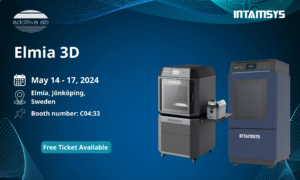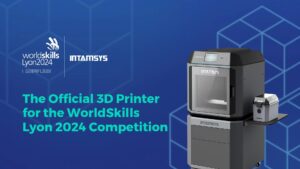The burgeoning exploration of composite materials in 3D printing represents a promising trend. It is poised to overcome the constraints of traditional methods, leading to significant cost and time savings within the composite fabrication sector.
Founded in January 2021, the Institute of industrial New Materials (Dezhou) is dedicated to researching, developing, and commercializing technologies related to marine composite materials, 5G communication composites, advanced composite manufacturing processes, and high-end equipment. As a provincial “New-style R&D Institution” in China, the institute partners with INTAMSYS to spearhead two initiatives in applying 3D printing technology for developing and implementing composite product parts.
3D Printing Direct Manufacturing: A Replacement for Traditional Composite Material Molding Processes
Developing intake manifolds for a specific aircraft engine was a significant project at the institute. Intake manifolds, critical components within engine systems, directly impact overall engine performance. However, their complex structure has posed challenges during development, such as difficulties in making molds, high costs, and the time-consuming vibration welding process. This has led to longer lead times and reduced efficiency in product development.
To address these challenges, the institute embarked on its first attempt to directly produce intake manifolds using FFF 3D printing technology. After thoroughly researching and evaluating different brands of FFF 3D printers based on material performance, equipment capabilities, and service support, the institute chose the FUNMAT PRO 610HT 3D printer from INTAMSYS and PEEK-CF composite material for product development and application.
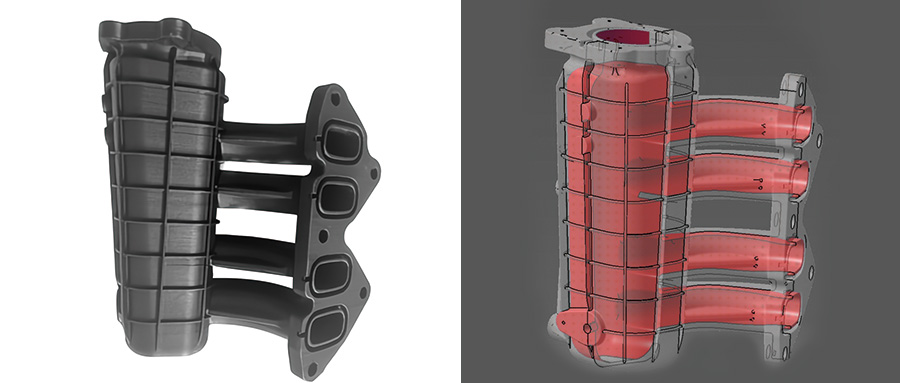
As a high-performance FFF printing equipment, the FUNMAT PRO 610HT is mainly designed for printing high-temperature thermoplastic materials such as PEEK, ULTEM, and PPSU. It can handle a wide range of thermoplastic materials available in the market, including custom ones. Its constant temperature chamber ensures excellent performance when printing high-performance materials. With duel-nozzle heating temperature of up to 500°C and a chamber temperature of 300°C, it can print high-temperature materials without distortion, ensuring wrap-free printing while effectively melting most thermoplastics.
The final 3D printed component measures 218.4×216.4×95.4mm. Developed jointly by experts from the insitute and engineers from INTAMSYS, the design was optimized for manufacturing (DfAM), and printing processes were adjusted for the following improvements:
Reduced Weight by 30%: With the thinnest wall of the printed product measuring only 1.7mm, compared to around 3mm for traditional injection-molded intake manifold products, the weight of the aircraft is significantly reduced.
Dimensional Accuracy: Part dimensions are tightly controlled within ±0.2mm, ensuring accurate installation of the intake manifold.
Enhanced Mechanical Strength by 30%: The product demonstrates a mechanical strength of 100MPa, exceeding that of traditional injection-molded PA66-GF products by over 30%.
High-temperature Resistance: High temperature resistance for a long time, fully meets the customer’s application requirements at 144℃
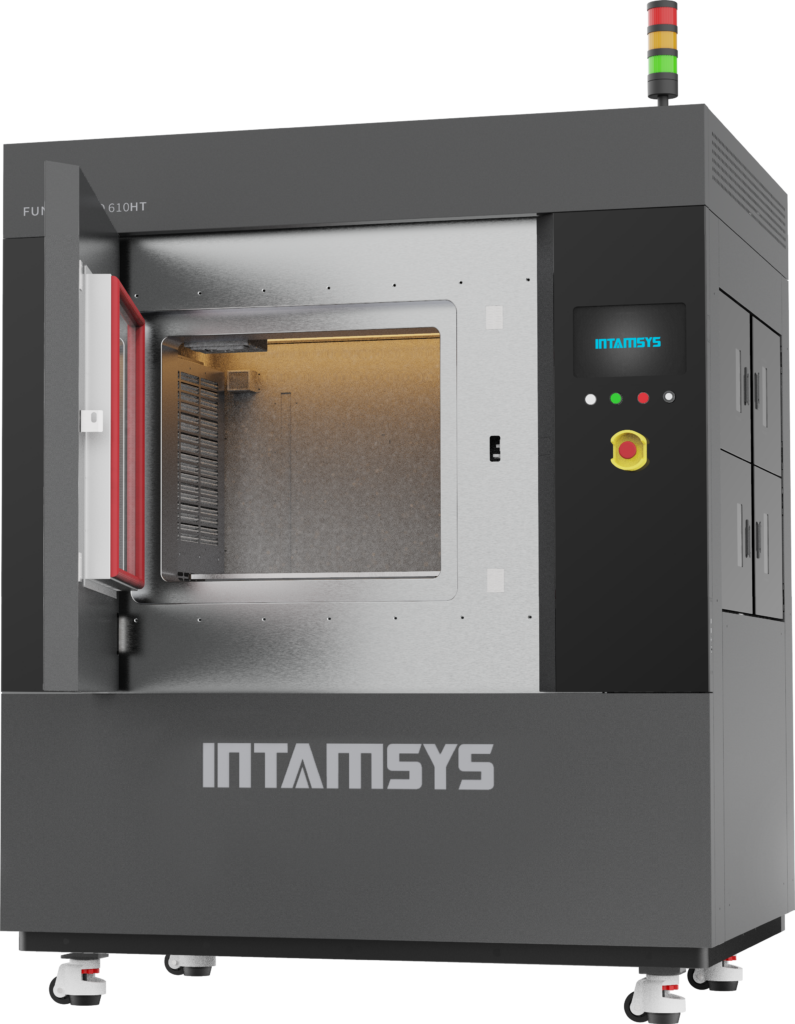
When considering manufacturing efficiency, if this part were made using traditional injection molding processes, it would require tooling costs of about $27803, with a 45-day lead time for tooling. However, with 3D printing technology, the product can be seamlessly manufactured as a single integrated piece, reducing costs to only one-tenth of traditional methods, and shortening the production lead time to just 4-7 days.
Incorporating 3D Printing into Traditional Processes: A New Paradigm for Composite Material Manufacturing
Apart from directly fabricating composite material components, blending 3D printing with traditional techniques unlocks solutions for challenges that conventional methods struggle with, ensuring optimal performance, cost-efficiency, and time-saving advantages. With this innovative strategy in mind, the institute collaborated with a leading domestic university to develop a robotic composite material manipulator arm.
Initially, the FUNMAT PRO 610HT 3D printer was utilized to seamlessly produce the internal support structure of the manipulator arm using PEEK-CF material. This component is recognized for its large size, curved surfaces, high stiffness-to-weight ratio, and exceptional specific strength. These qualities showcase the printing equipment’s capability to create complex high-performance parts.
Subsequently, the institute applied a pre-impregnated layup method to envelop carbon fiber around the 3D-printed structure. This approach yielded a lightweight, robust composite material manipulator arm swiftly and affordably, circumventing the need for mold tooling while achieving structural strength comparable to aluminum alloys.
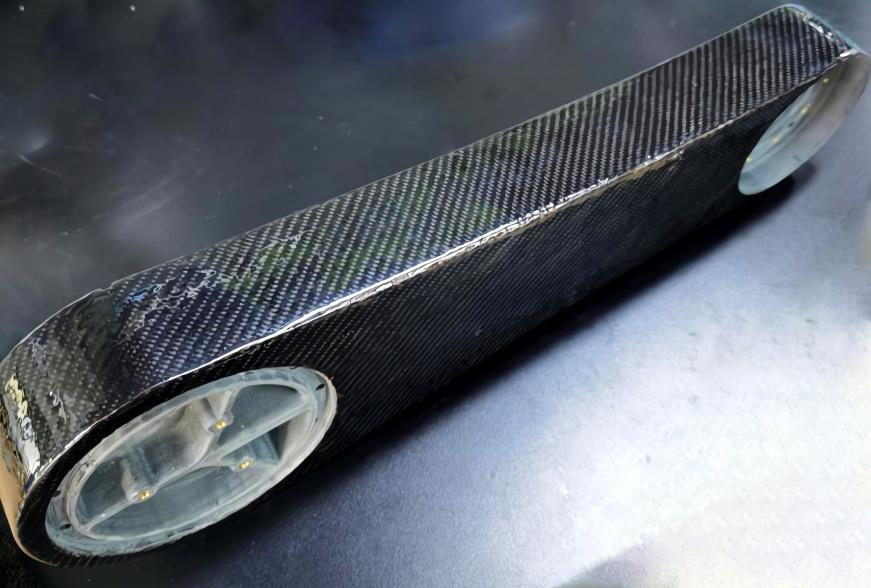
Beyond integrating with pre-impregnated layup processes, 3D printing offers extensive potential for merging with various other techniques, including traditional filament winding, automated layup, and compression molding processes.
3D printing has achieved breakthroughs in both the direct manufacturing of product components, as well as in integrating with traditional processes, making significant contributions to enhancing efficiency and reducing costs in the manufacturing of composite material products. Through collaboration with INTAMSYS, the Institute of industrial New Materials has demonstrated its strength in engineering innovation, showcasing the immense potential of 3D printing technology in designing, manufacturing, and developing applications for composite material products.
![]()
INTAMSYS is a world-leading high-tech company that provides high-performance 3D printing materials, direct additive manufacturing solutions and software. Co-founded by a team of engineers with years of precision equipment development and high-performance material research, the company is headquartered in Shanghai. Currently, it has established a complete marketing and after-sales service system covering the whole world, with 2 European and American marketing and technical service centers, respectively located in Germany and in the United States. INTAMSYS focuses on aerospace, automotive, electronic manufacturing, consumer products, medical, scientific research and other industries, providing complete additive manufacturing solutions, from functional test prototyping, tooling fixture manufacturing to customized mass production. For further information, contact us at info@intamsys.com.



